IBA’27 board of trustees article
Leaving behind homo faber
»Architecture has to create spaces for working, for living and for housing. It has to create public spaces for interaction, squares, parks, places of worship, theatres, places where people can interact.« Werner Ruhnau in: Berührungspunkte magazine No. 25, February 2014
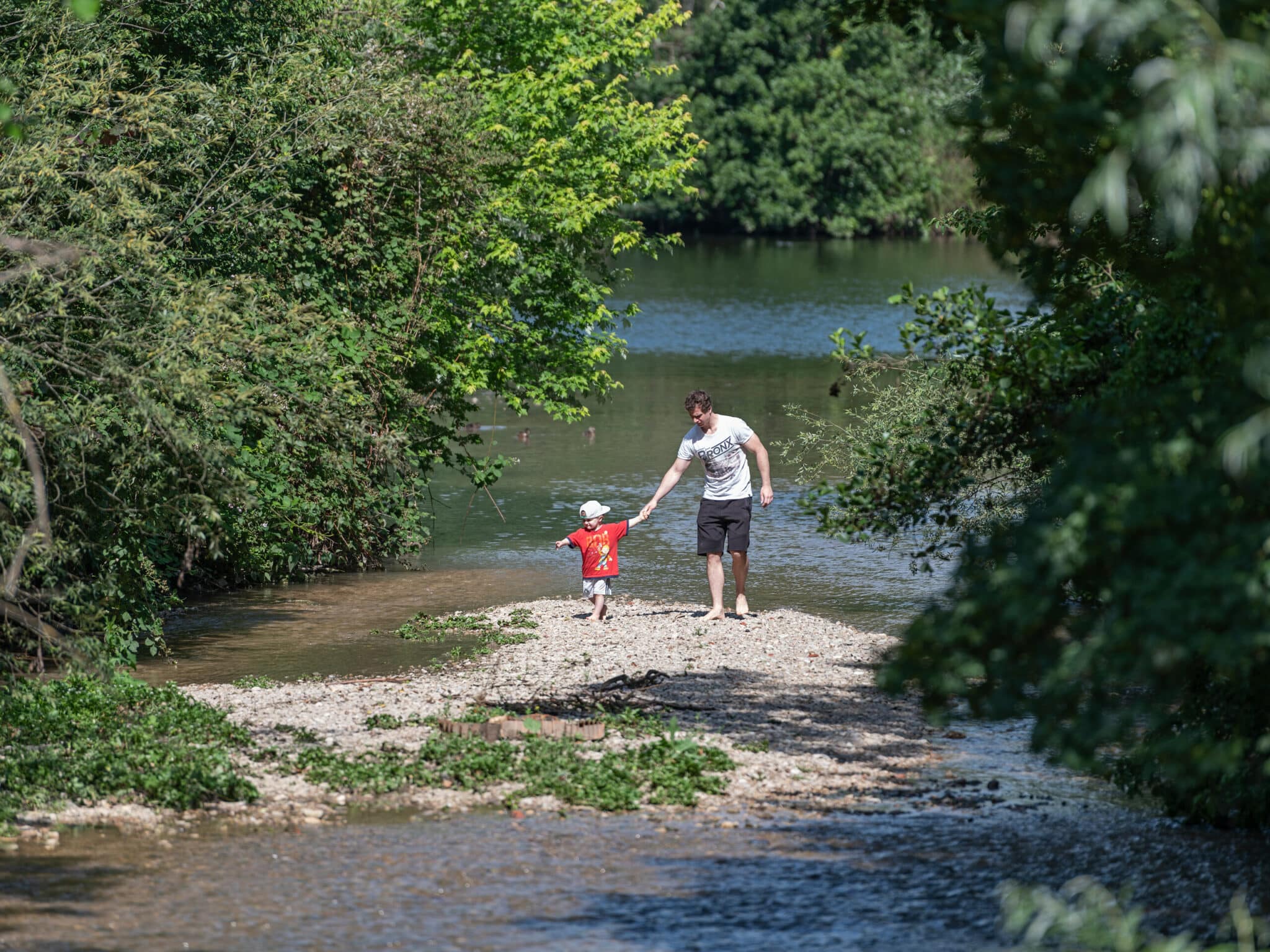
All across Europe, landscapes are experiencing a rebirth. In this era of climate change and social upheaval with all of the new forms of co-existing and a return to natural cycles, it is scarcely possible to separate developed from undeveloped space any longer. This is particularly true in our dense metropolitan regions with their growing yearning for some sort of manifestation of the natural, healthy world.
But this topic is not new. The ›European Landscape Convention‹ drafted by the Council of Europe more than 20 years ago is based on a comprehensive and holistic understanding of landscape in which the urban and rural environments belong together. In the Convention, landscapes are no longer seen as a passive object, but as the basic component of Europe’s natural and cultural heritage that makes a key contribution to the emergence of local cultures.
Although IBA stands for International Building Exhibition, for a long time now the focus has increasingly been less on building and more on cultivating processes, on urban transformation as envisaged in the European Green Deal. So the emphasis has shifted away from building and toward transformation and the cultivation of productive spaces. This is a matter of central importance for IBA’27 Stuttgart.
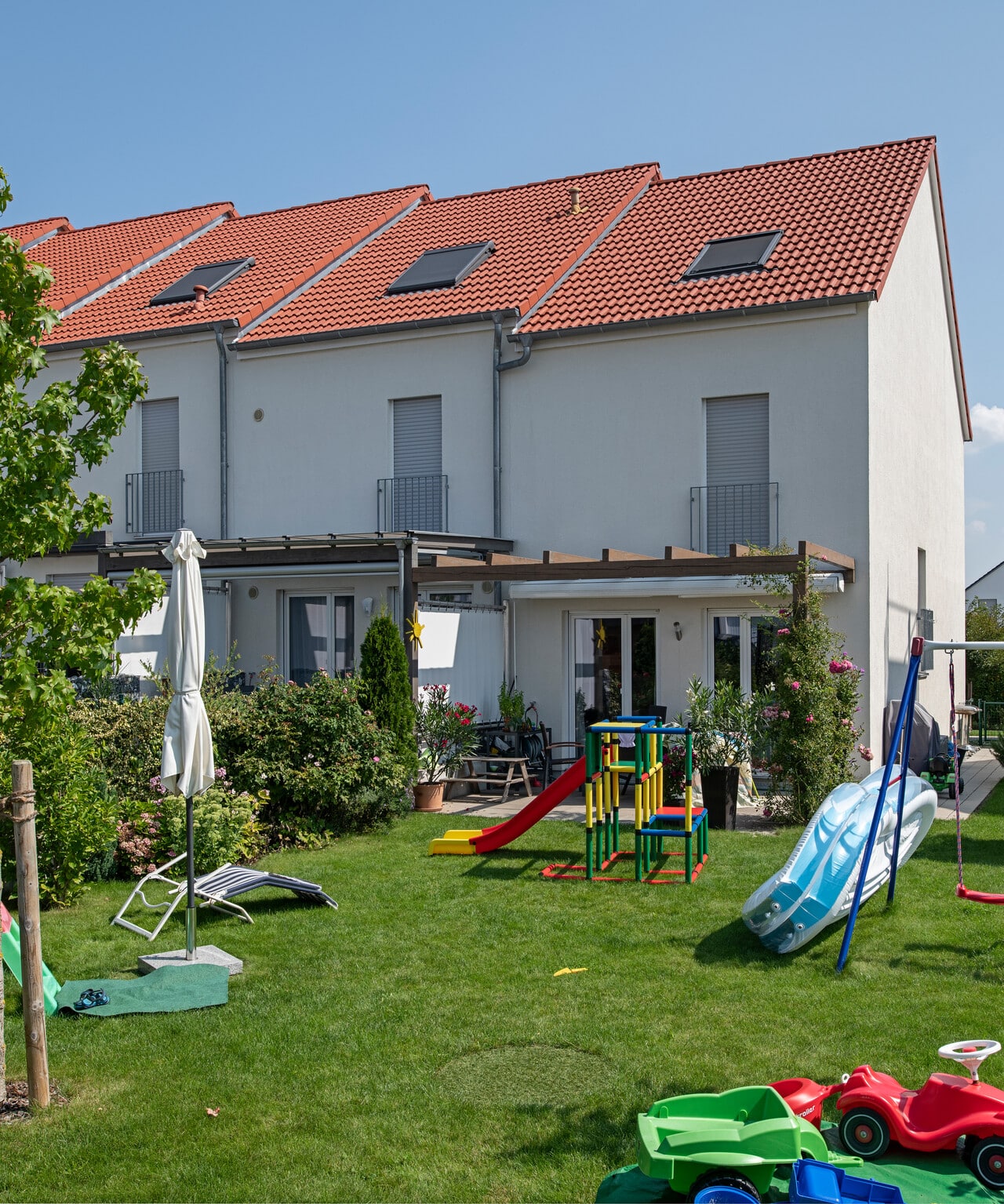
Back in the 19th century, the industrial revolution also triggered a period of urban transition. Moving out of fortified towns and beyond the medieval town walls and razing ramparts marked a step into the open, into the landscape.
Generally, this expansion of the urban space was at the cost of the natural environment. The future of the city continued to be defined in terms of buildings. Nature remained a decorative item that at best found its expression as a designed park, for example as an island surrounded by buildings and roads.
Over time, the surrounding land was encroached upon, with sprawling towns threatening to become a periphery of themselves.
IBA Emscher Park as a model
Though such development could not be stopped everywhere, today’s comprehensive and holistic understanding of landscapes has resulted in a slowing down, and in some cases reversal, of that trend. IBA Emscher Park took place in 1989/1999, offering innovative solutions for urgently necessary structural change in the Ruhr region and laying the foundations for current and future action. The large-scale planning format was the first IBA to place landscapes at the heart of its agenda. Managing Director Karl Ganser – whose role was equivalent to that of present-day Artistic Director Andreas Hofer – summed it up perfectly when he said: »Landscapes are our infrastructure.«
IBA Emscher Park 1989/1999 was far-sighted enough to encourage the necessary structural transition away from coal and steel and toward a new services culture. Those ten years with more than 100 projects have left behind a heritage that is referenced globally as a blueprint for industrial regions in need of structural change.
These include a string of projects and formats such as the renaturation of the Emscher river, the Emscher Landscape Park, the UNESCO world heritage site of the Zollverein Coal Mine Complex, the award-winning Duisburg Nord Landscape Park, European Capital of Culture Ruhr 2010, Essen as the European Green Capital for 2017 as well as countless other individual projects that emerged in the 1990s. And the future is just around the corner, with the International Garden Exhibition 2027 taking place in the Ruhr region.
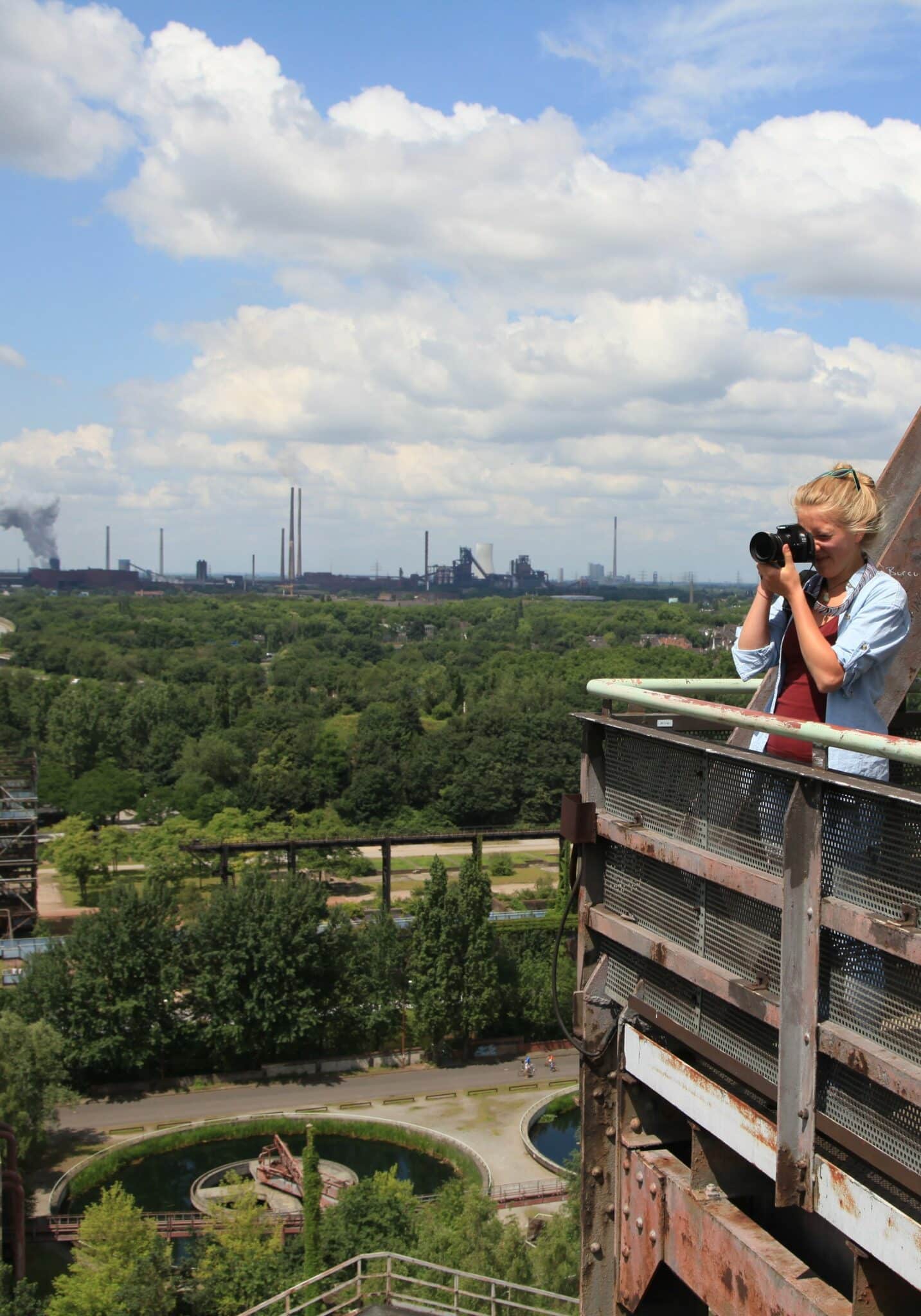
From Essen to the Stuttgart Region
Treading new ground means bridging social distances and forging new links. Essen’s radiation model in the Master Plan ›Freiraum schafft Stadtraum‹ (›Open space creates city space‹) and the action plan ›Neue Wege zum Wasser‹ (›New ways to the water‹) are processes that gather, assess and integrate several hundred individual projects. The Emscher Landscape Park created images in our heads and led to green areas defining higher-status landscapes. A cell-like, spatial structure gave the whole Ruhr region a new spatial dimension.
The pure ›city‹ or pure ›countryside‹ are opposing constructs that we are leaving behind. Nowadays we are creating multi-codified spaces and systems – which is exactly what landscapes are. This is the change in basic assumptions that leads from IBA Emscher Park to IBA’27 StadtRegion Stuttgart: We no longer talk about cities, but about urban landscapes and city landscapes.
The future will be informed by the idea of ›gifts‹. What gifts can we contribute as people, as institutions, as landscapes, as spaces? It’s a whole new idea that we can use what we have to develop and exponentiate gifts. The aim is to make potential visible, and to use connectivity and social media to highlight means of participation. Connectivity facilitates communication between people and places. It also creates a sense of identity at a wide range of different levels. We need to work on this in future.
IBA’27 will open up possibilities in the Stuttgart Region to uncover these gifts and implement them in projects: How can we make the Murr river in Backnang and the renewal of the course of the river a theme that runs through the development of the town? How can we combine public consultation and the widespread desire for free spaces and meeting places in Leonhardsvorstadt in Stuttgart with urban planning? How can we implement the integration of the former post office site into Böblingen’s social, cultural and manufacturing life?
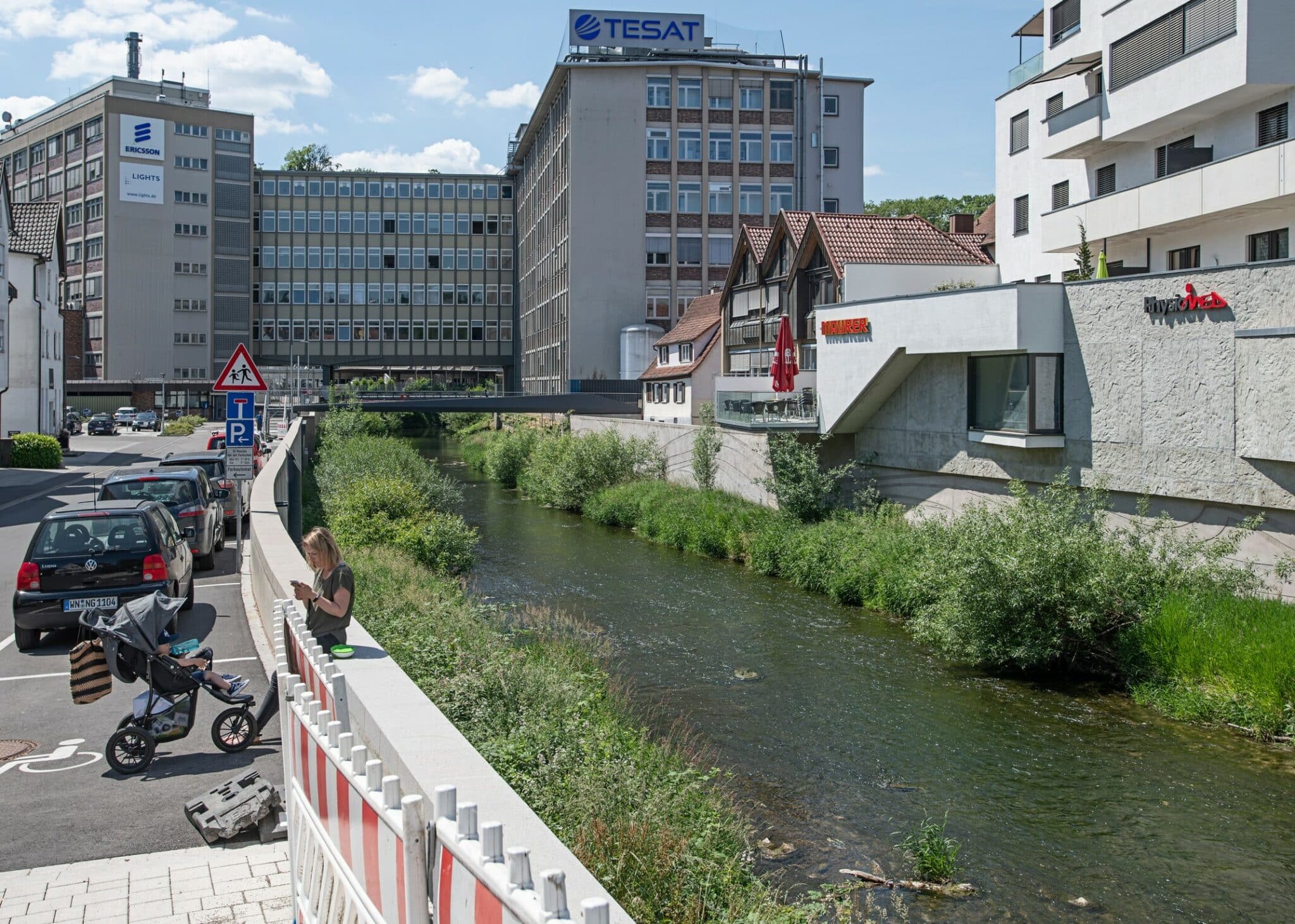
With the Weissenhof Estate, we are taking an estate created 100 years ago and integrating it into today’s urban landscape. Projects are no longer restricted to the construction lot. All of the IBA’27 Projects have an effect that radiates outward; they are also socially inclusive projects. And they have included the time factor in their calculations. What was true for IBA Emscher Park and for IBA Fürst-Pückler-Land is also true here: the best fruit is yielded over time, with a steady, natural growth of the projects after ten or twenty years.
Liveable, healthy cities
The relationship between the city and the country is changing radically. For a long time, the primacy of the city that burst its urban boundaries and joined up with other cities to form metropolitan zones went unquestioned. Now this trend is reversing. It is landscapes that are ›conquering‹ cities in a positive way and mixing them with nature in the same way that yeast is added to dough to make the bread rise. When we ›convert‹ cities nowadays, we no longer picture the purely functional image of the traditional city. Instead, we aspire to a hybrid form that is made up of buildings, open spaces and nature. These new urban landscapes are geared to the future. They are more productive, more flexible, more resilient and can adapt to climate change. They create space for wilderness in the city and for new appropriation – for change.
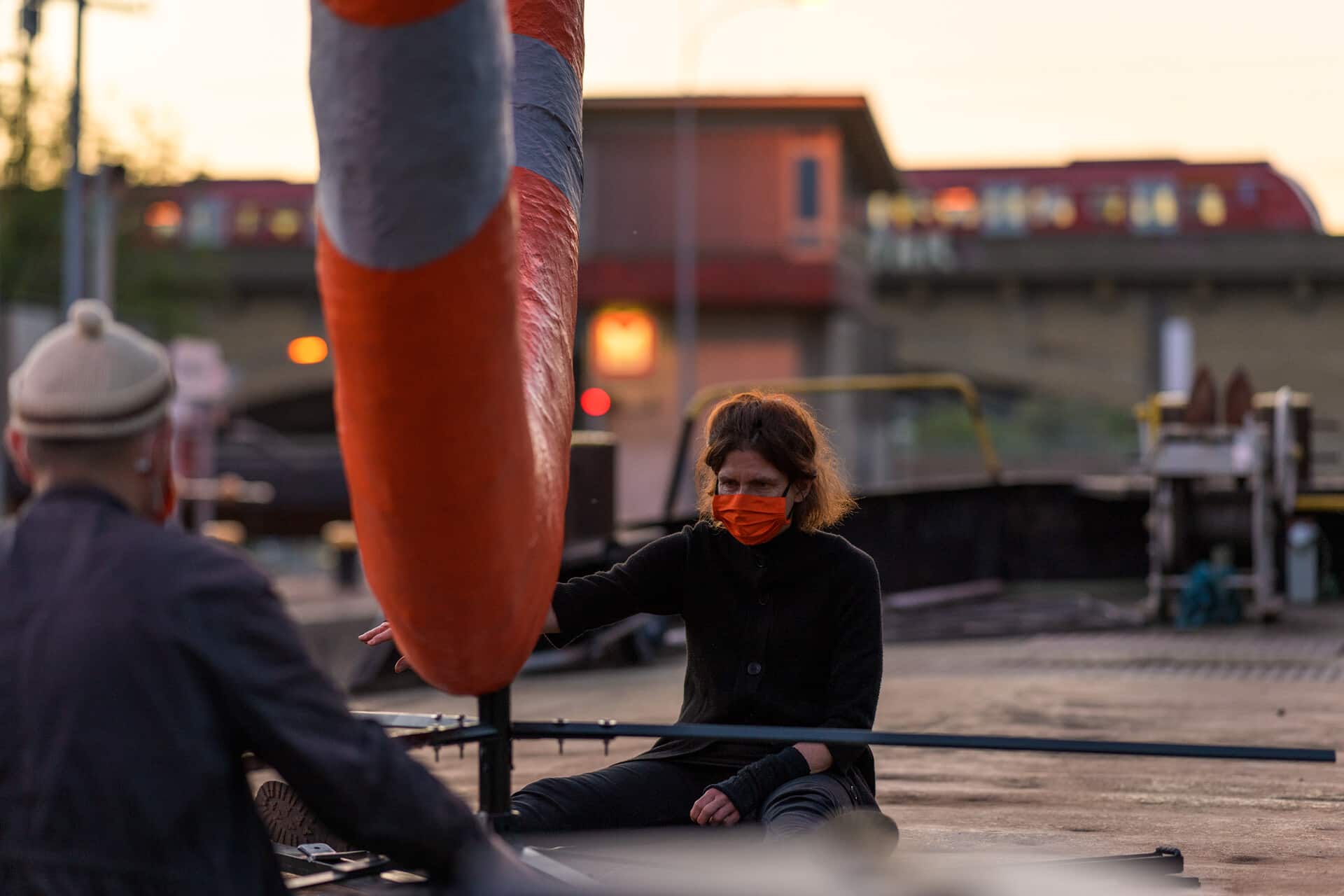
More than anything else, they are centred around humans. The Ruhr region, like the Stuttgart City Region, was defined by industrial work. They both emerged in the tradition of a rationally shaped homo faber who moved in spaces organised according to function. Now the stage is set for homo ludens. Homo ludens does not turn away flippantly from the world, but instead sees it in a playful manner and wants to experience and change it. To do this, homo ludens needs new spaces and new urban landscapes. This requires nature, clean air, clean water and healthy soil.
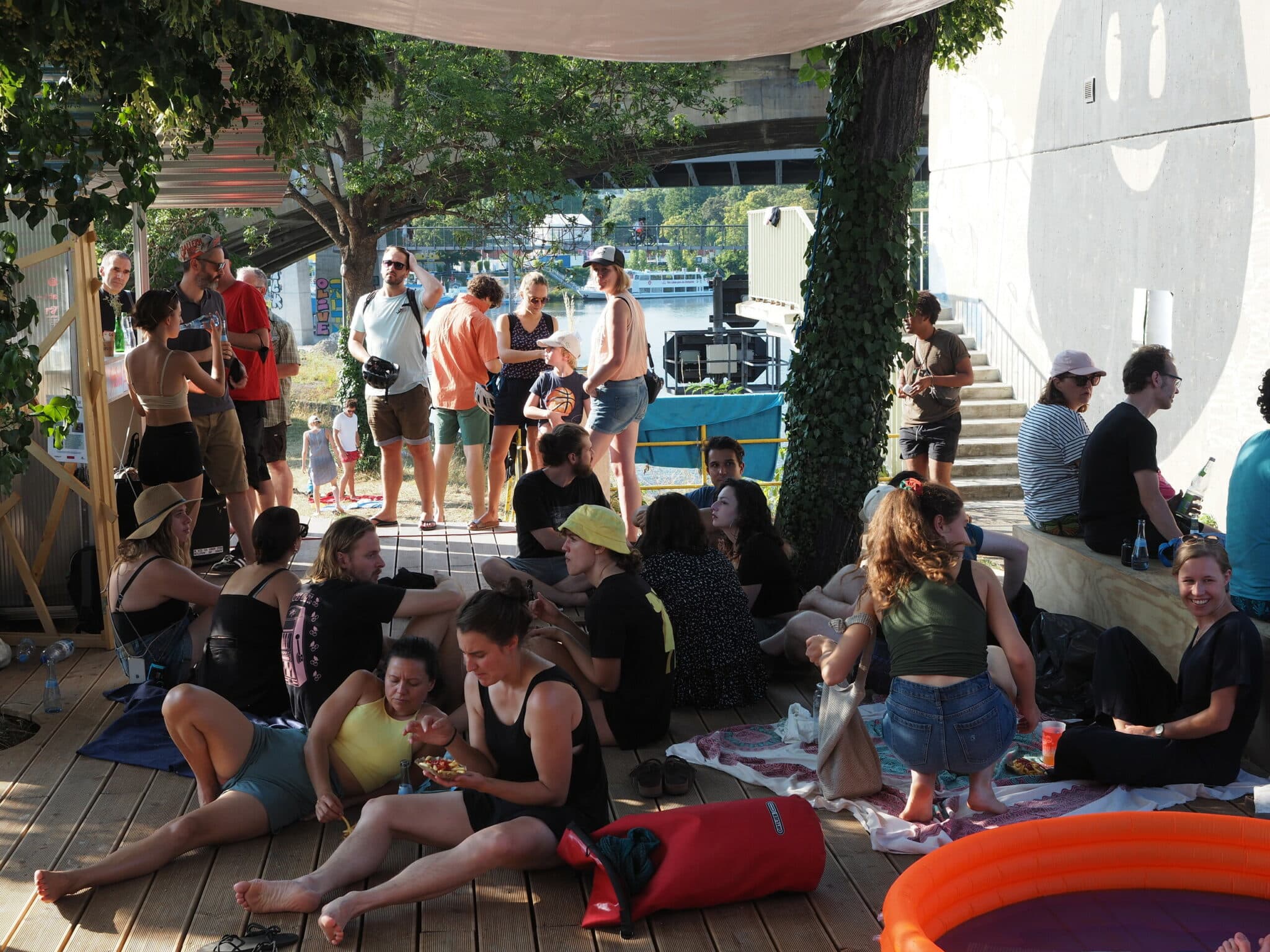
But nature alone does not necessarily create liveable conditions per se if the habitat is still anti-social. Nature can be cultivated and used by people to shape landscapes and urban landscapes. The vision of a liveable city can only be achieved if different objectives are not segregated, but combined as part of an integrated development strategy with planning foresight. A climate-friendly, eco-friendly city that saves resources must also be a fair, inclusive city that is safe for everyone. And that is dependent on creating a productive, innovative and competitive city.
About the author
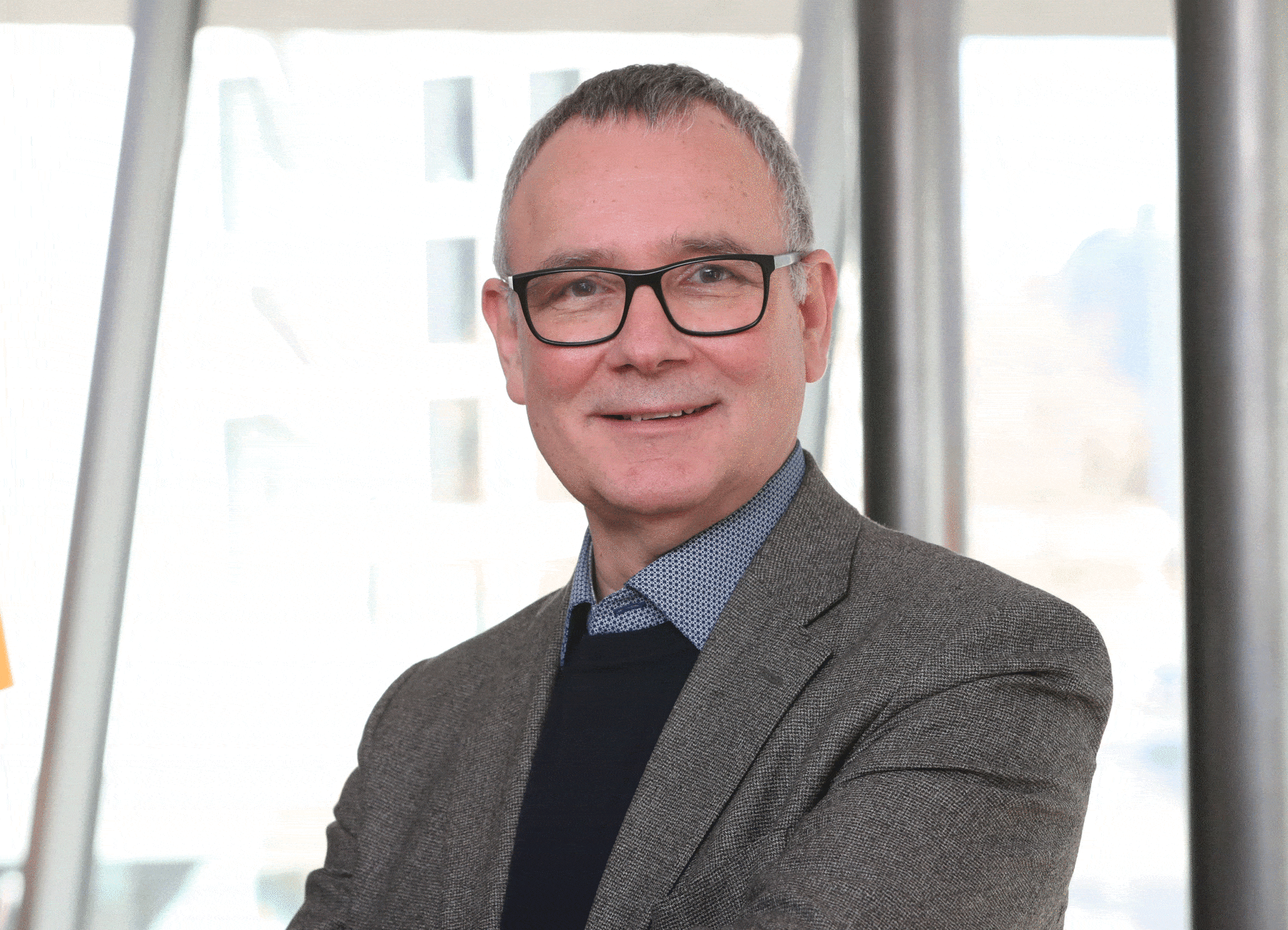
Architect, landscapist and urban planner Andreas Kipar is the founder and Creative Director of the international landscape architecture studio LAND, with offices in Germany, Italy and Switzerland.
He studied Landscape Architecture at the GHS University of Essen as well as Architecture and Urban Planning at the Politecnico of Milan, where he teaches Public Space Design since 2009.
He is a full member of the German Academy of Urban and Regional Planning (DASL), the Association of German Landscape Architects (BDLA), the Italian Association of Landscape Architects (AIAPP) and the Italian Urban Planning Institute (INU).
Andreas is a member of the IBA’27 Board of Trustees.

